On the afternoon of May 29, at the socio-economic discussion session, delegate Nguyen Lan Hieu - Director of Hanoi Medical University Hospital, and delegates from Binh Dinh discussed the issue of investment in primary health care.
Mr. Hieu said that investing in primary health care is necessary, but if done in the old way, it will be too spread out, ineffective and will remain the same, unable to change. From there, he proposed that it is necessary to invest resources to focus on one stage in primary health care, which is district health care.
Explaining why it is the district level and not the provincial or city level, Mr. Hieu said that it is because the district level is currently managing a large number of patients, and is also where the health system is most degraded in terms of both human resources and material resources.
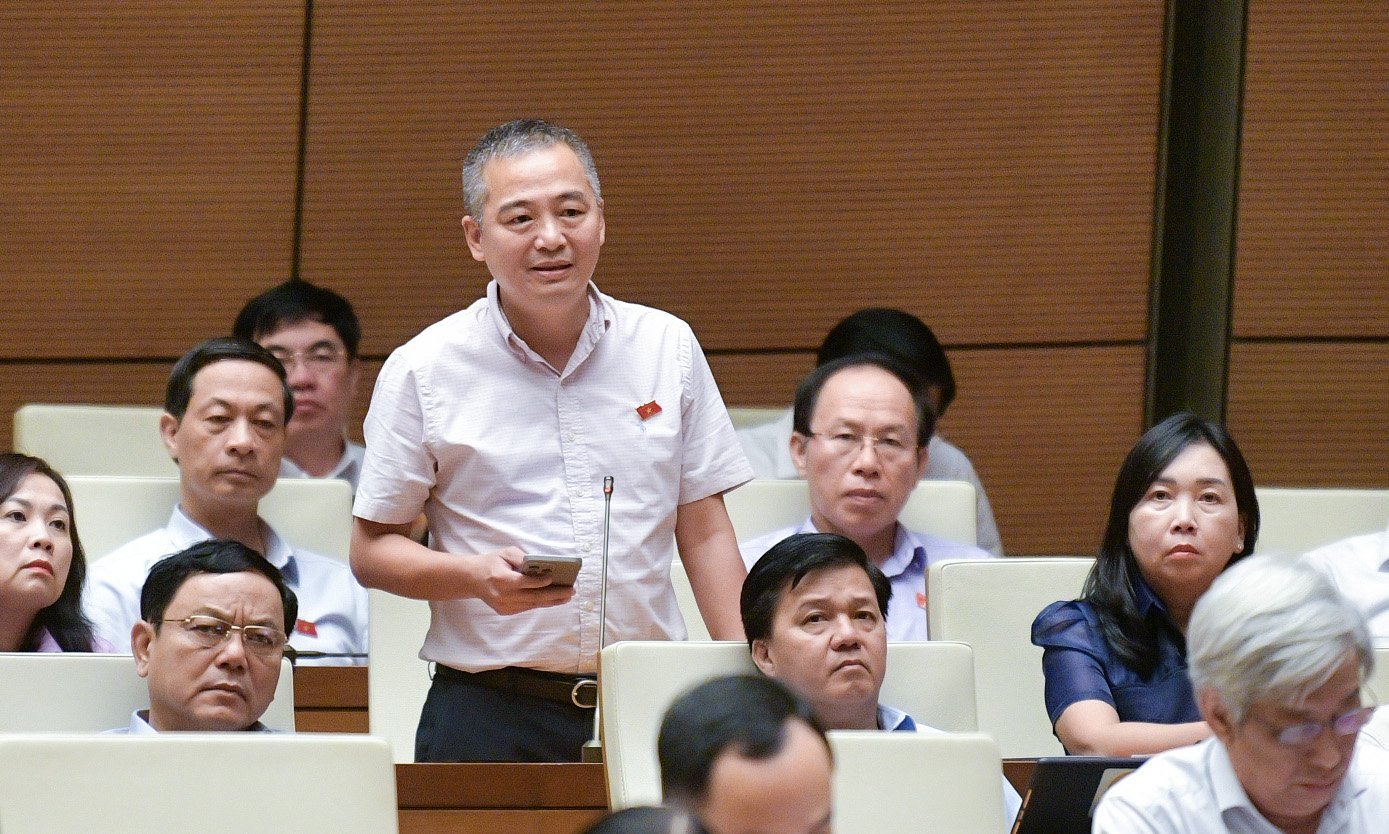
National Assembly Deputy Nguyen Lan Hieu speaks during the debate on the afternoon of May 29.
Mr. Hieu told a real story when he met with directors of district hospitals. He felt "like people were swimming without a life buoy and didn't know how to locate themselves."
Delegate Nguyen Lan Hieu shared that patients with conditions will go to higher levels, even to the Central level, while those who stay behind are those without conditions, the poor and the seriously ill. Meanwhile, the burden of self-reliance weighs on their shoulders, not knowing how to go.
Because of these concerns, over the past two years, Mr. Hieu said he has focused on Lao Cai province - a province with a low-middle GDP.
“We sent resident doctors down to the district level to transfer remote medical examination and treatment techniques, and after 2 years, the effectiveness has been demonstrated in many numbers,” Mr. Hieu said.
Specifically, the referral rate dropped to 3.7%, district-level techniques increased to 12% and many patients were cured, meaning they did not have to go to higher-level facilities.
To achieve that success, Mr. Hieu said, in addition to the efforts of the medical team itself, there is also the determination of the provincial leaders. "Perhaps there is no province in the country like Lao Cai where all 9 district hospitals have been newly built, have new generation CT scanners and have signed contracts with many central hospitals for support," said Mr. Hieu.
From this reality, he suggested that the Government have a policy to focus on district-level healthcare so that provinces can boldly invest and the Ministry of Health will also boldly suggest that central-level hospitals will be in charge of 1 or 2 provincial-level hospitals focusing on district-level healthcare according to their capabilities to improve grassroots healthcare.
Earlier this morning, National Assembly Deputy Tran Khanh Thu (Thai Binh delegation) expressed concern about the aging population that Vietnam is facing.
According to Ms. Thu, the average life expectancy of Vietnamese people is continuously increasing, reaching 73.6 years by 2022. The average life expectancy is high, but the number of healthy years of Vietnamese people from birth is only 65 years.
"Thus, Vietnamese people have had nearly 10 years of living with the burden of disease, especially after the Covid-19 pandemic, changes in disease structure have occurred," Ms. Thu shared.
The female delegate emphasized that the goal of the health sector is not only to treat and save people, but also to improve people's physical and mental health, stature, longevity and quality of life.
With the above goals, Ms. Thu said that it is necessary to improve the healthcare system, invest in basic healthcare infrastructure, train healthcare workers and develop high-quality healthcare services for people of all ages.
According to delegate Tran Khanh Thu, many policies have been issued recently to allocate resources to improve the quality of primary health care. However, the issue of training medical human resources and especially attracting high-quality human resources is facing certain obstacles.
Ms. Thu cited that tuition fees for medical training are always the highest at most universities. Some public schools have tuition fees of 82.2 million VND/year, while non-public schools have tuition fees of up to 180 million VND/year.
Delegates proposed to develop a policy to support tuition fees for medical students with a commitment to work as assigned by the State after graduation. This will ensure the source of students, especially students from difficult circumstances who wish to become doctors. Along with that, it will solve the problem of medical human resources in remote areas, areas lacking doctors and primary health care .
Source: https://www.nguoiduatin.vn/benh-vien-tuyen-huyen-nhu-dang-boi-ma-khong-co-phao-cuu-sinh-a665949.html


![[Photo] Prime Minister Pham Minh Chinh receives Country Director of the World Bank Regional Office for Vietnam, Laos, Cambodia](https://vphoto.vietnam.vn/thumb/1200x675/vietnam/resource/IMAGE/2025/5/15/2c7898852fa74a67a7d39e601e287d48)



![[Photo] National Assembly Chairman Tran Thanh Man meets with Thai Prime Minister Paetongtarn Shinawatra](https://vphoto.vietnam.vn/thumb/1200x675/vietnam/resource/IMAGE/2025/5/15/e71160b1572a457395f2816d84a18b45)



![[Update] - Thanh Hoa: 55 thousand delegates attended the conference to disseminate and implement the Resolution of the 11th Conference of the 13th Party Central Committee](https://vphoto.vietnam.vn/thumb/402x226/vietnam/resource/IMAGE/2025/4/16/f1c6083279f5439c9412180dda016c15)








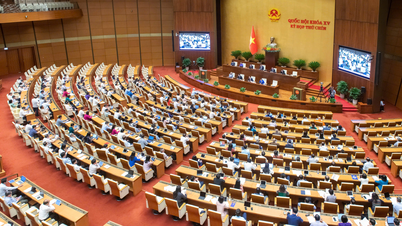

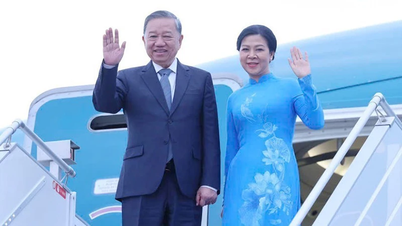


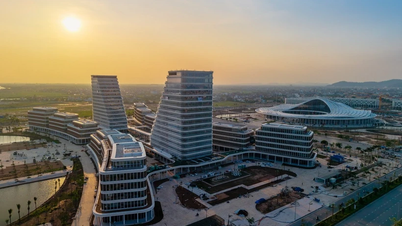








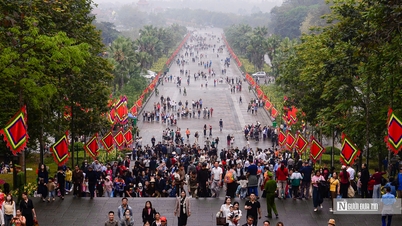
















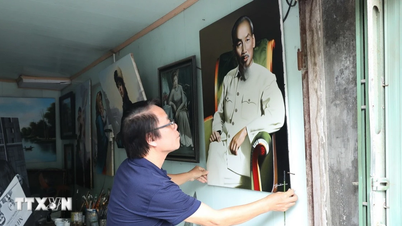






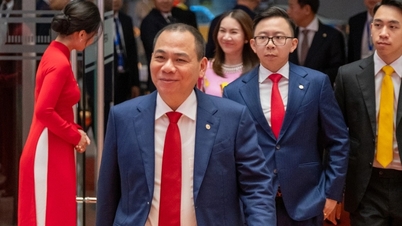











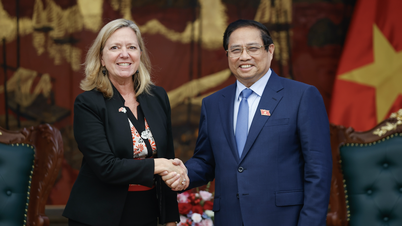


















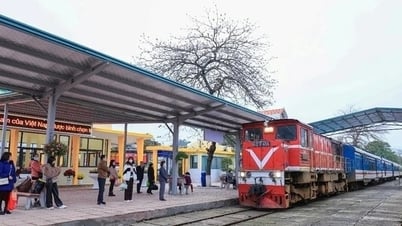












Comment (0)